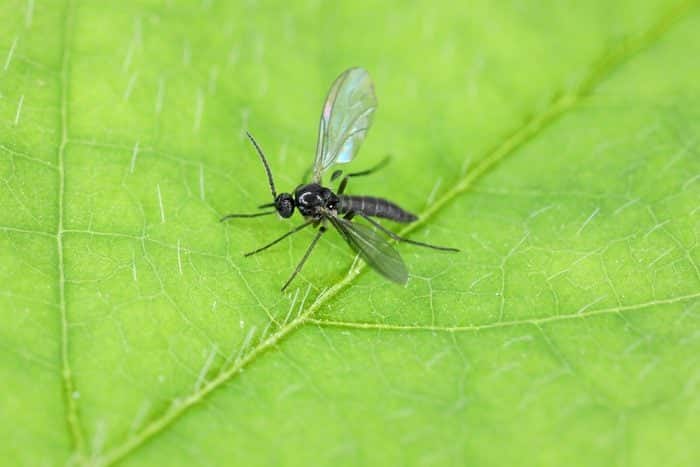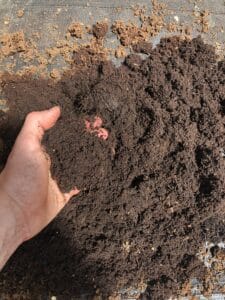
Fungus gnats are one of the most common insect pests found within a greenhouse or indoor farm operation. These pests are often unsightly and can be found living within a variety of growing mediums which include peat moss, coco coir, rockwool, and GrowFoam®. Fungus gnat pressure can be mitigated by growing in an Nutrient Film Technique (NFT) system, deep water culture (DWC) system, or an aquaponics system. Females will lay their eggs in soil where larvae will begin to feed on the fine root hairs close to the top layer of soil. Adult fungus gnats will typically feed on algae, nectar, pollen, and nearby sources of water. Their movement from plant-to-plant is a cause for concern for growers as they are a vector for disease transmission.
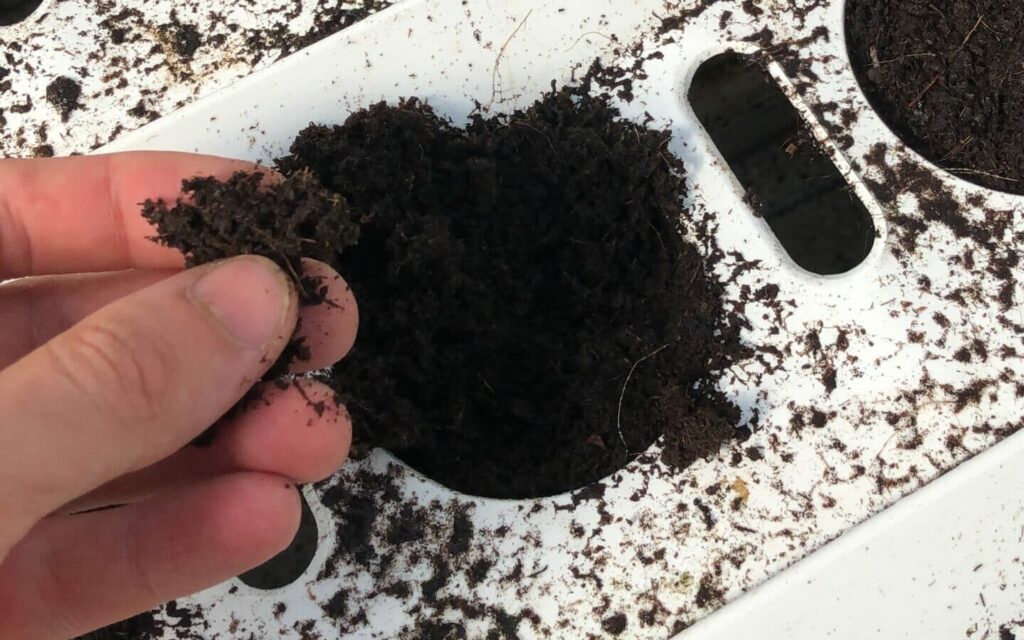
Most growers tend to be on a vigilant lookout for fungus gnats during the propagation and transplanting stages of their crop cycle. Small plugs have yet to fully establish a healthy root system and are particularly vulnerable to pressure from gnat larvae. Root rot diseases such as Pythium, Phytophthora, Rhizoctonia, and Fusarium can be transmitted by adult fungus gnats. Moist soils tend to be a breeding ground for females, as there’s potential for algal development and offers a favorable environment for spawning young. A female can lay up to one-hundred and fifty eggs in her lifetime. Once the eggs have hatched, the larvae will begin feeding on the fine root hairs of these plugs. However, a grower has a multitude of options available to them when it comes to reducing fungus gnat pressure in their growing space.
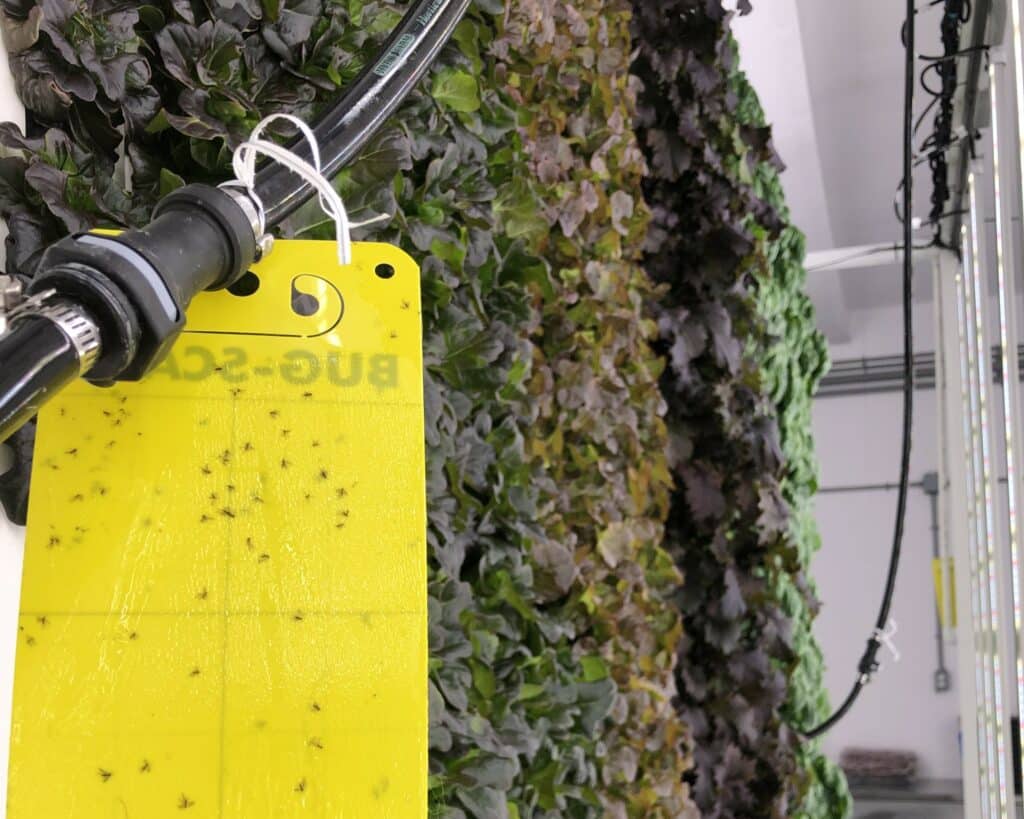
The most common method for fungus gnat prevention in an indoor setting is to install sticky traps within your vertical farm. Sticky traps offer general insight into pest populations and whether the grower is required to take any action. If action is required, nematodes (Steinernema feltiae) can be drenched into the growing media. These nematodes will feed on fungus gnat larvae and can be reapplied on ten-to-fourteen-day intervals, depending on how high the pest pressure is (Nematodes). Another biological method for fungus gnat control is using predatory mites (Stratiolaelaps scimitus). These predatory mites are soil-dwelling and will also feed on young fungus gnat larvae and will not cause any harm to the plants.
Some other basic tips for reducing fungus gnat populations in the farm include:
- Thorough cleaning and disinfection of the growing area will help with reducing fungus gnat populations over the long-term.
- Ensuring that there are no pools of stagnant water found within the farm which reduces the chances of algal development.
- Proper irrigation timing will also help with reducing the amount of water available for fungus gnat larvae to develop.
- Test the soil in your farm to determine if they are not being overwatered.
- Using a soilless method for growing on the farm (deep water culture, aquaponics, and NFT systems).
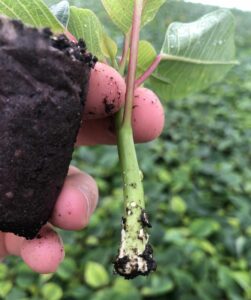 Continual cleaning and maintenance of the farm will help ensure fungus gnat populations remain low. This will prevent stunted crop growth as young seedlings and plugs have a chance to fully develop a healthy root system. A properly maintained ZipFarm will have little to no fungus gnat issues and will result in uniform crop growth. This will be very much appreciated by the customer once the plants have been sold.
Continual cleaning and maintenance of the farm will help ensure fungus gnat populations remain low. This will prevent stunted crop growth as young seedlings and plugs have a chance to fully develop a healthy root system. A properly maintained ZipFarm will have little to no fungus gnat issues and will result in uniform crop growth. This will be very much appreciated by the customer once the plants have been sold.
Happy plants = happy customers!

